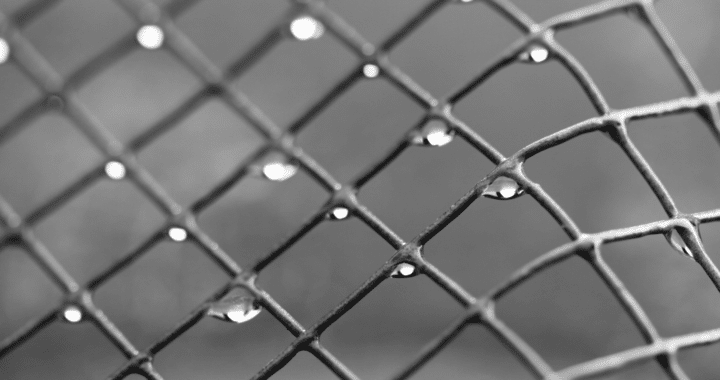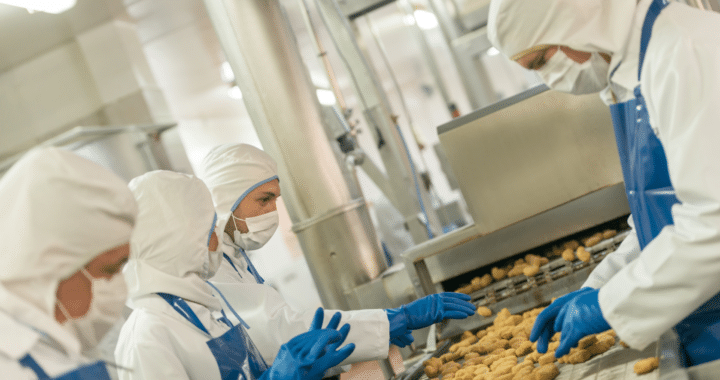You may know that you want to purchase stainless steel mesh, but do you know what type of stainless steel would work best for your project? There are five different types of stainless steel. Each has its own strengths and weaknesses. Before you place your order for stainless steel mesh, know all your options.
Austenitic Stainless Steel
Austenitic stainless steel is the most popular type of stainless steel, and is the variety that we use most often here at Lawrence Sintered Metals. This type of steel incorporates nickel, manganese, and nitrogen, which makes the metal weldable and formable. The result is a strong and durable metal. Chromium is often added to austenitic stainless steel to give it anti-corrosion properties. Even within this category, you’ll find different varieties of austenitic stainless steel. For example, we most often use 304 stainless steel and 316 stainless steel.
Ferritic Stainless Steel
This type of steel incorporates chromium and small amounts of carbon. They don’t weld particularly well and can’t be hardened by heat treatment. As a result, this type of steel is often used in thin sheets. It can be used for many applications as long as welding is not required. By adding high levels of chromium and molybdenum, ferritic steel can resist corrosion quite well and is used in many salt water applications.

8×8 Mesh .063″ Wire .062″ Opening 24.6% OA
Duplex Stainless Steel
Made from roughly equal parts ferritic steel and austenitic steel, duplex stainless steel possesses great strength and can resist cracking from stress corrosion. So-called “superduplex” takes the strengths of both ferritic and austenitic steels, offering great durability and corrosion resistance.
Martensitic Stainless Steel
Like ferritic steel, martensitic stainless steel includes chromium, but it also has higher levels of carbon. This combination gives martensitic stainless steel a good balance of high strength and moderate resistance to corrosion. They do not have good weldability or formability and are often used in long products. They don’t work as well when formed as sheets or plates.
Precipitation Hardening Stainless Steel
Often shortened to “PH,” precipitation hardening stainless steel can include copper, niobium, and aluminum. With the proper heat treatment, these steels offer a lot of strength. If you are looking for a stainless steel that will hold intricate shapes before final aging, then PH is a good choice.
This article represents only a brief review of the primary types of stainless steel. For more information or to purchase stainless steel mesh, contact us today.




